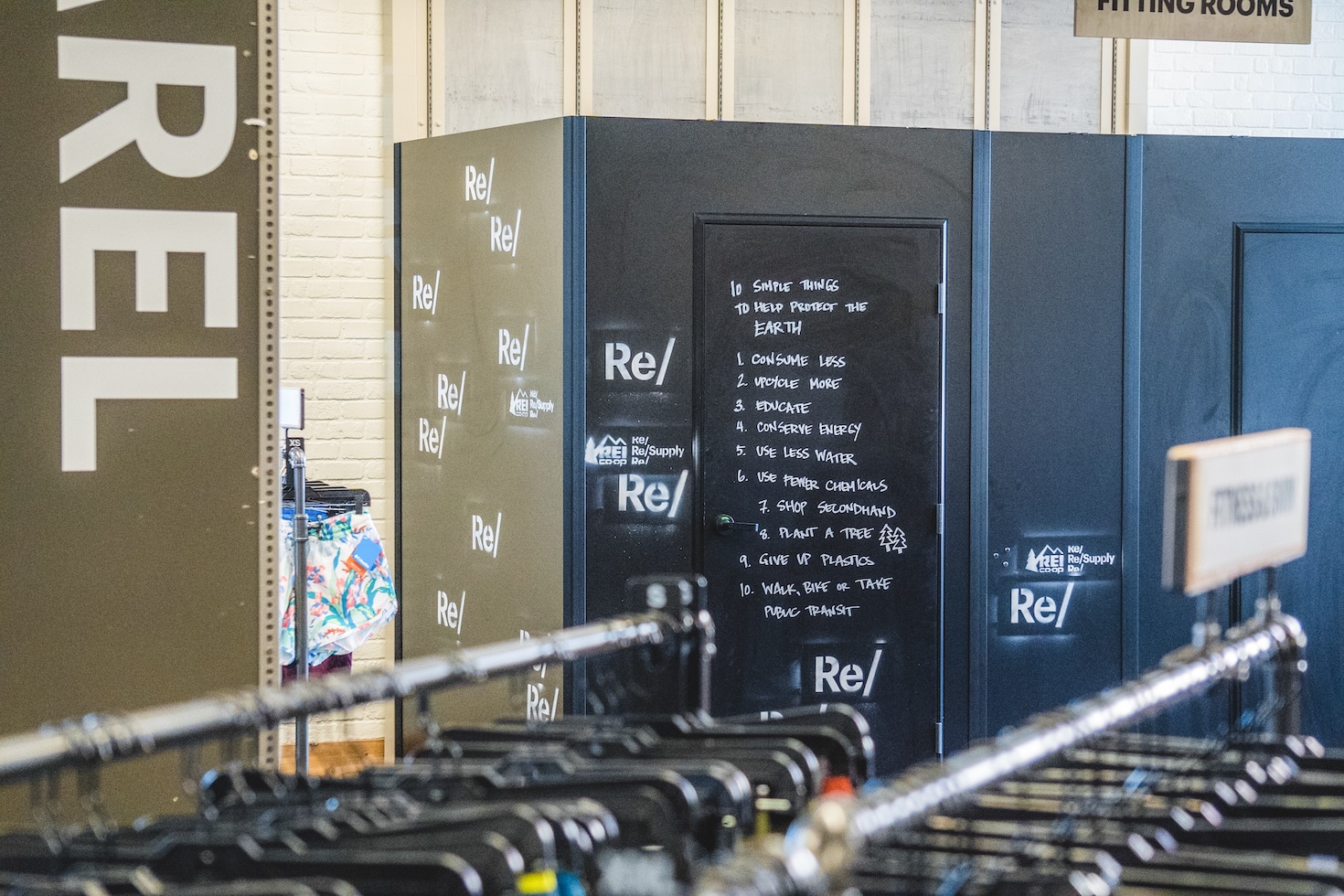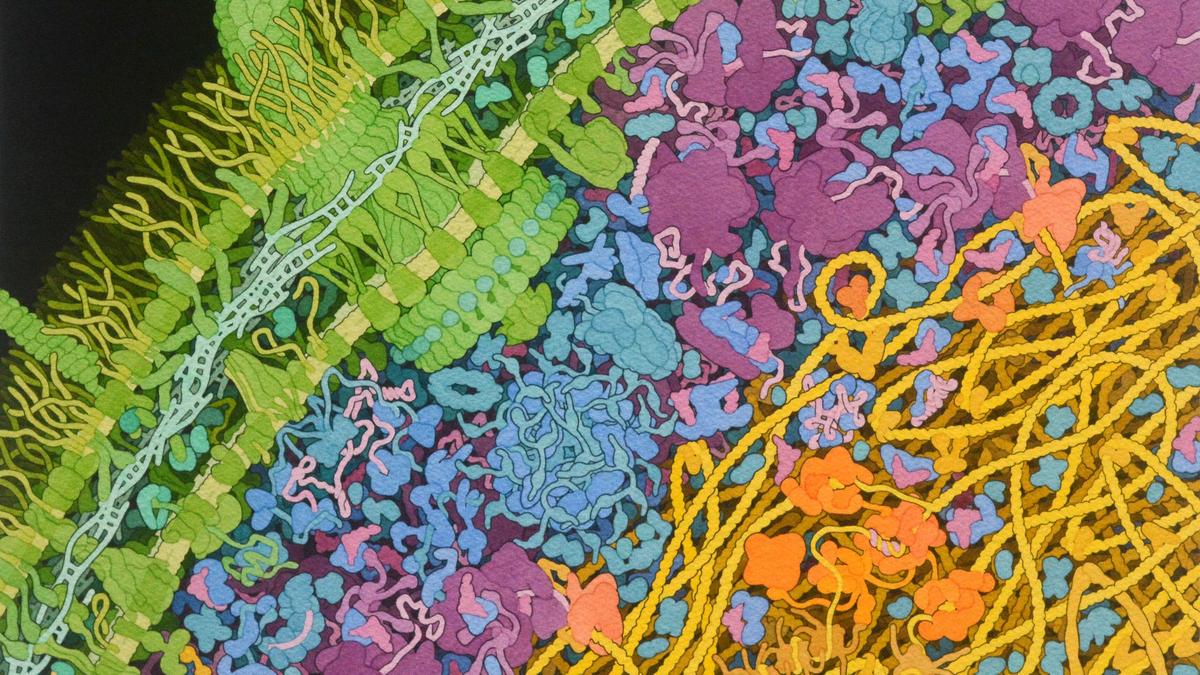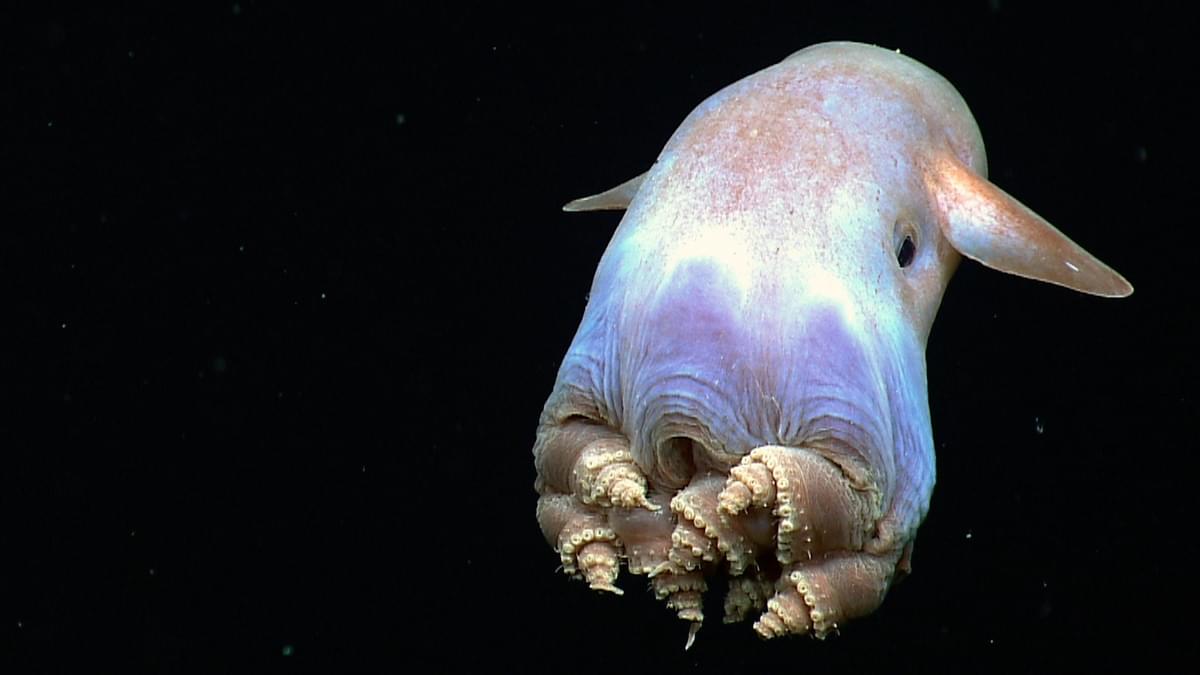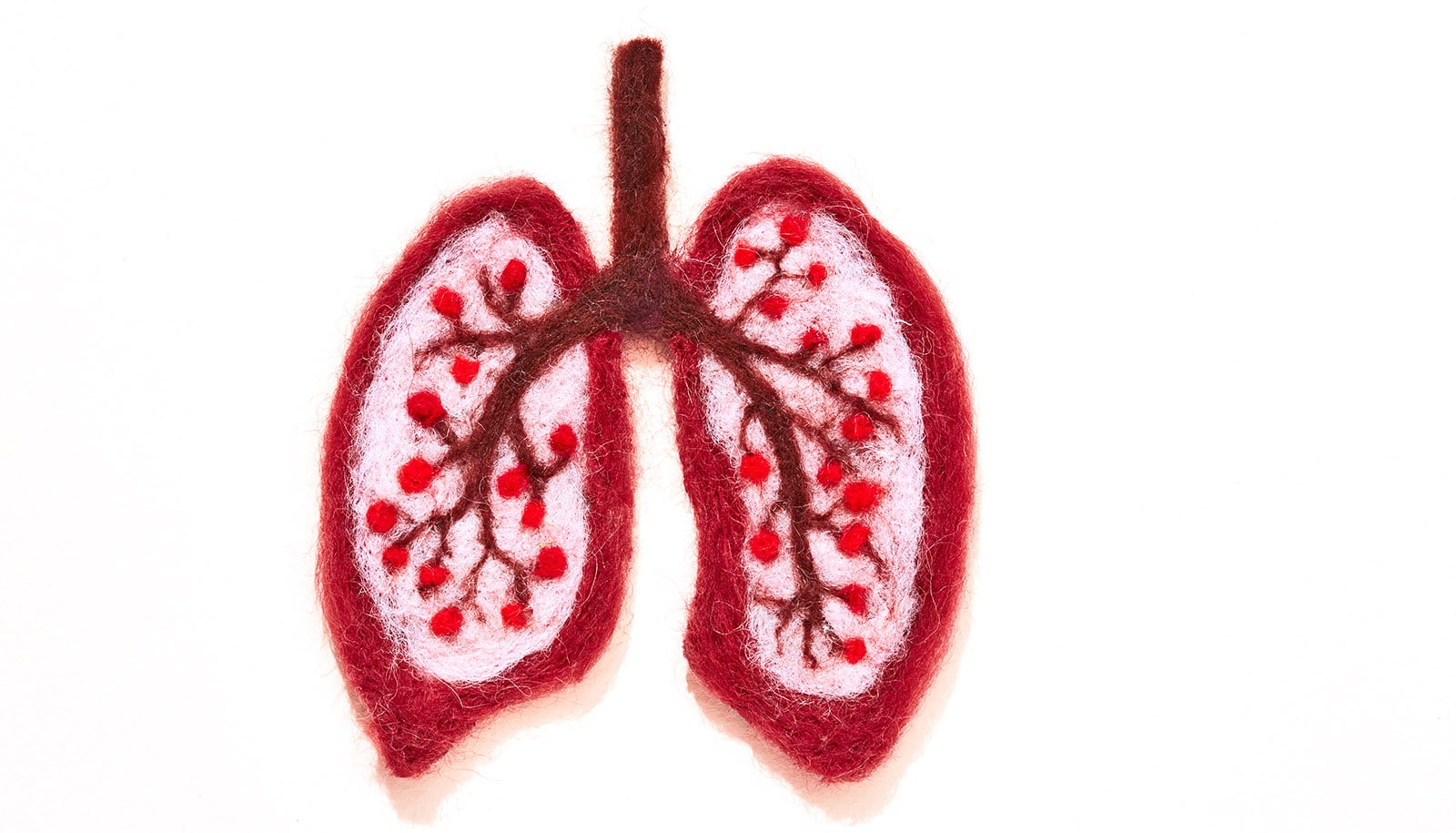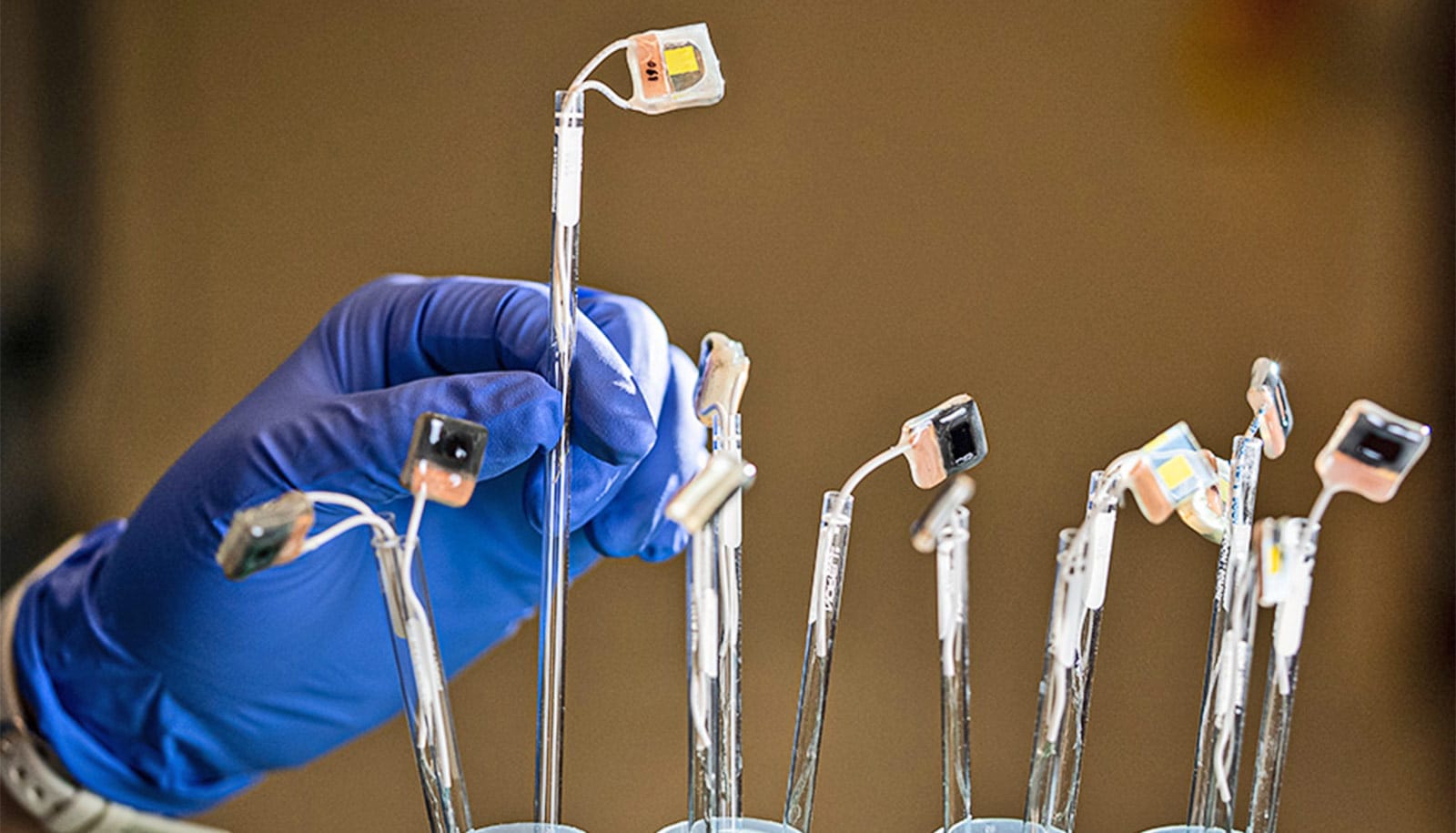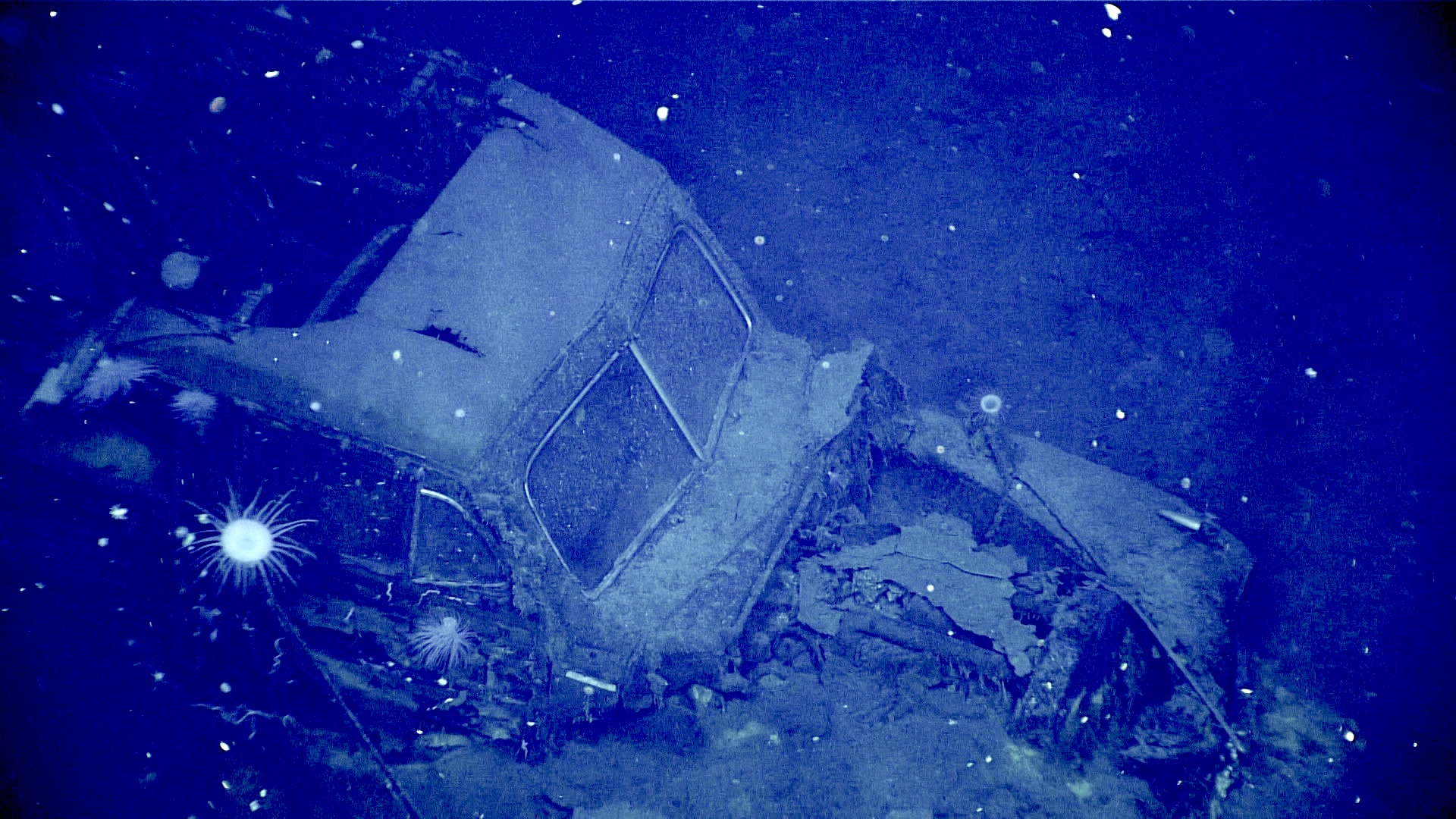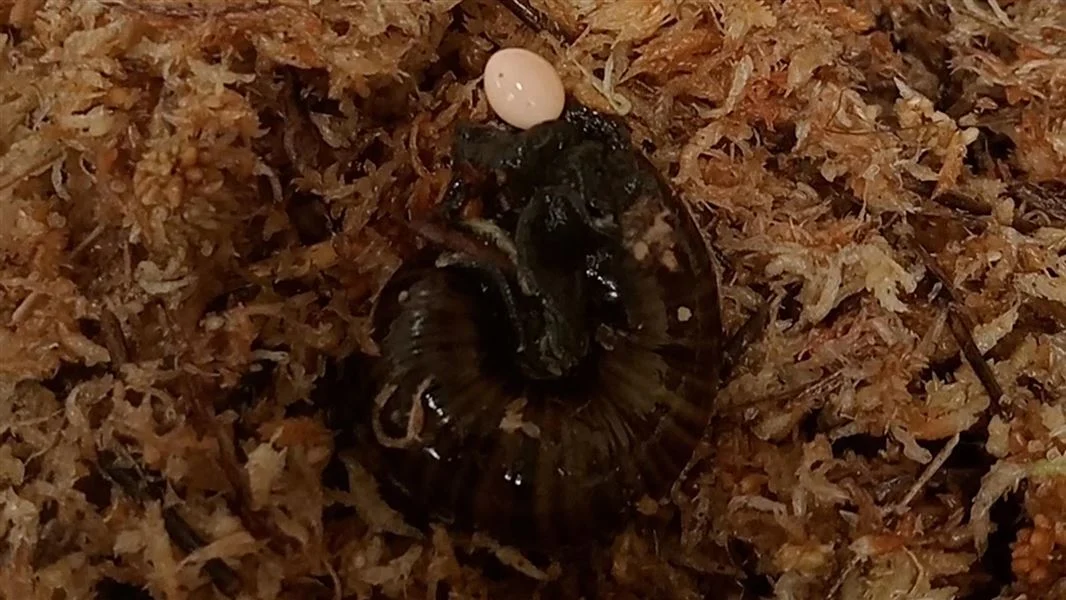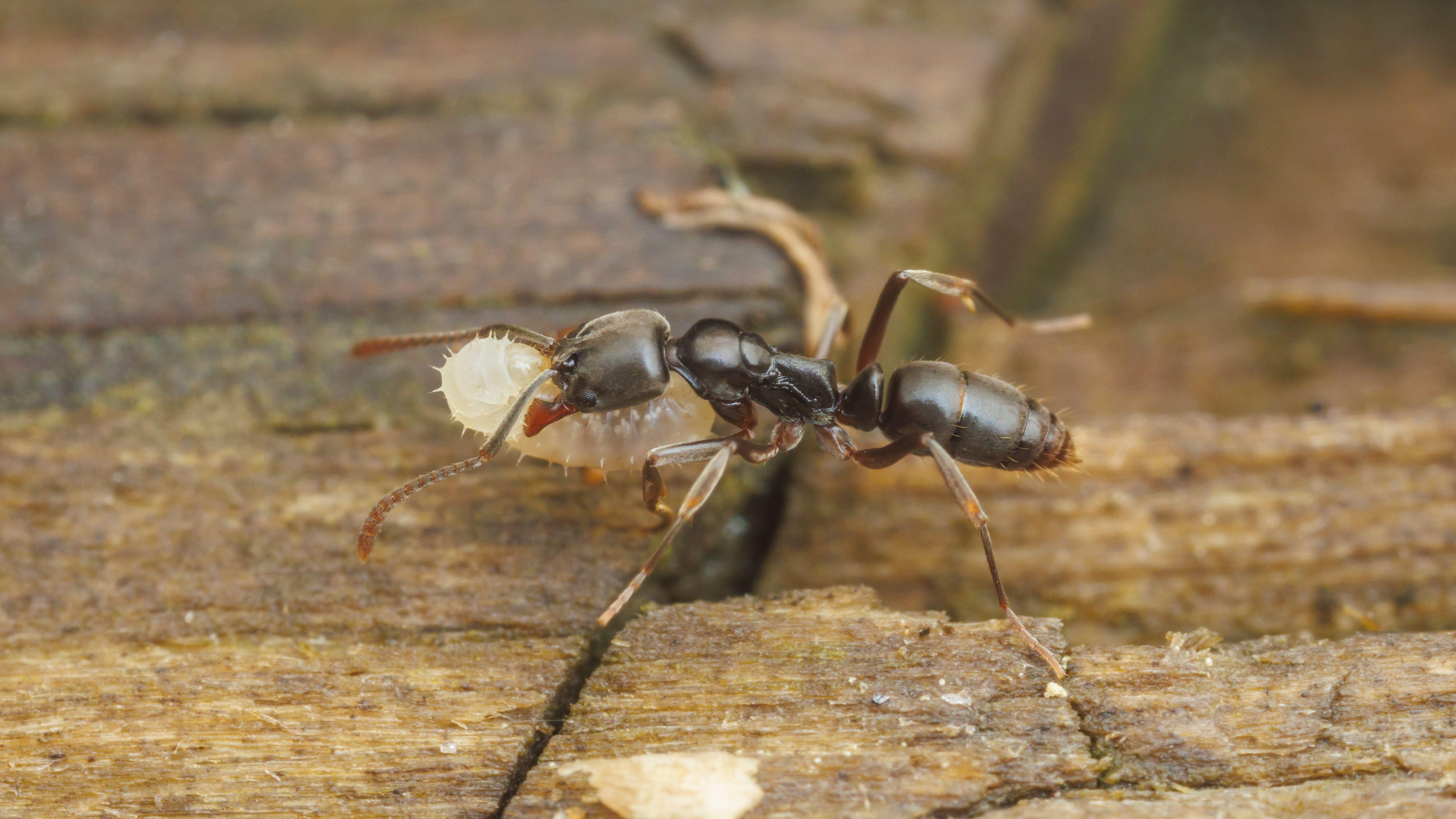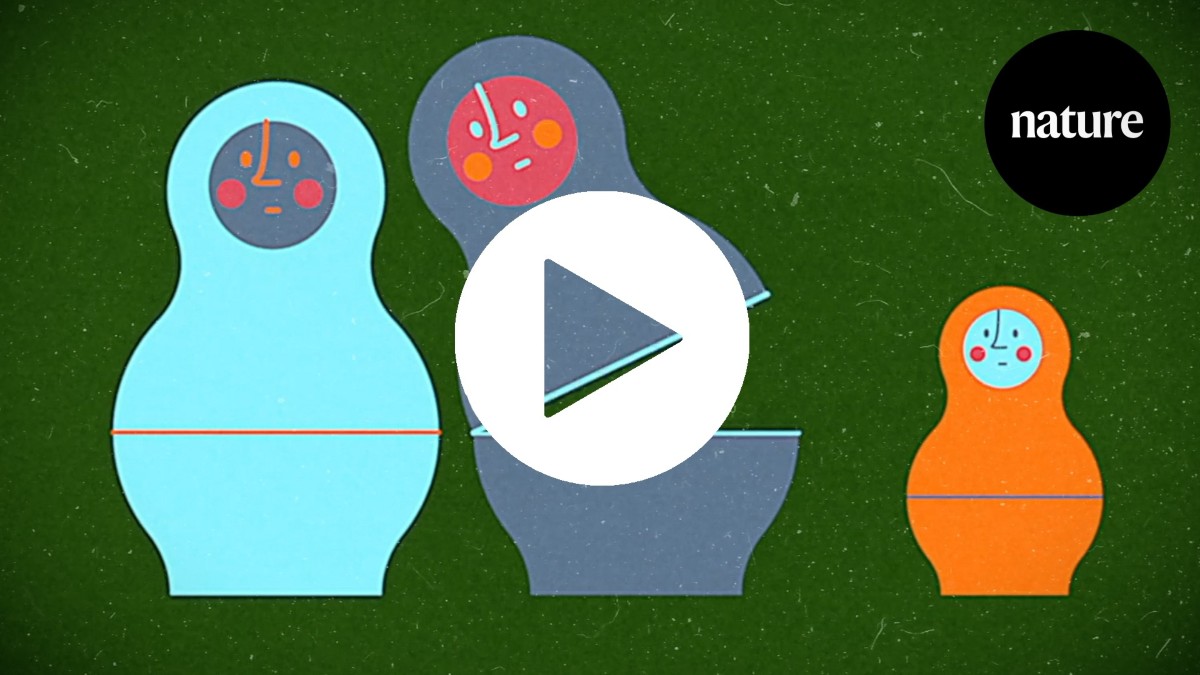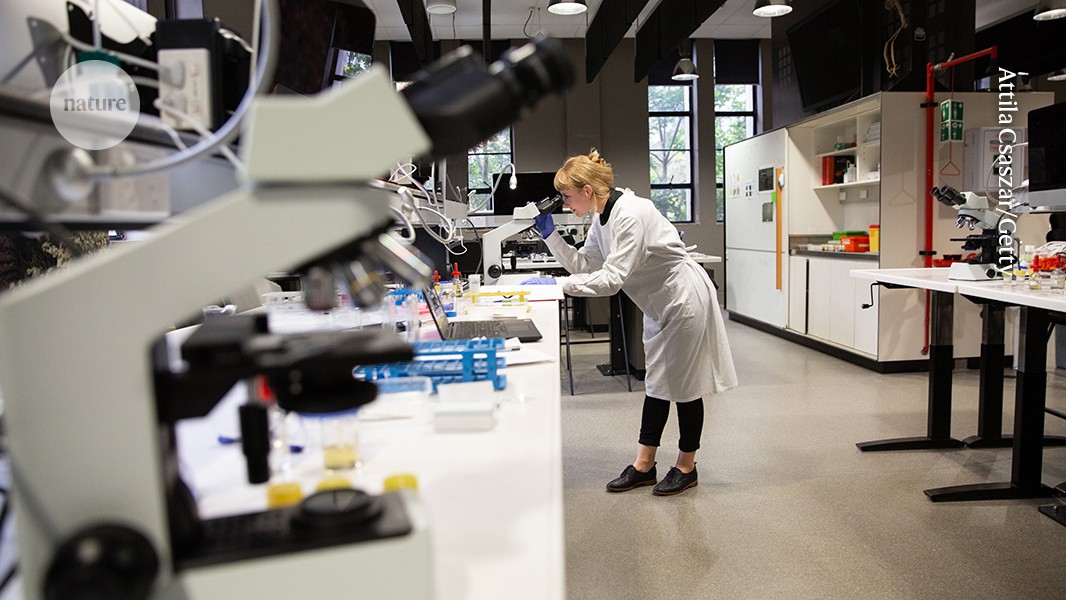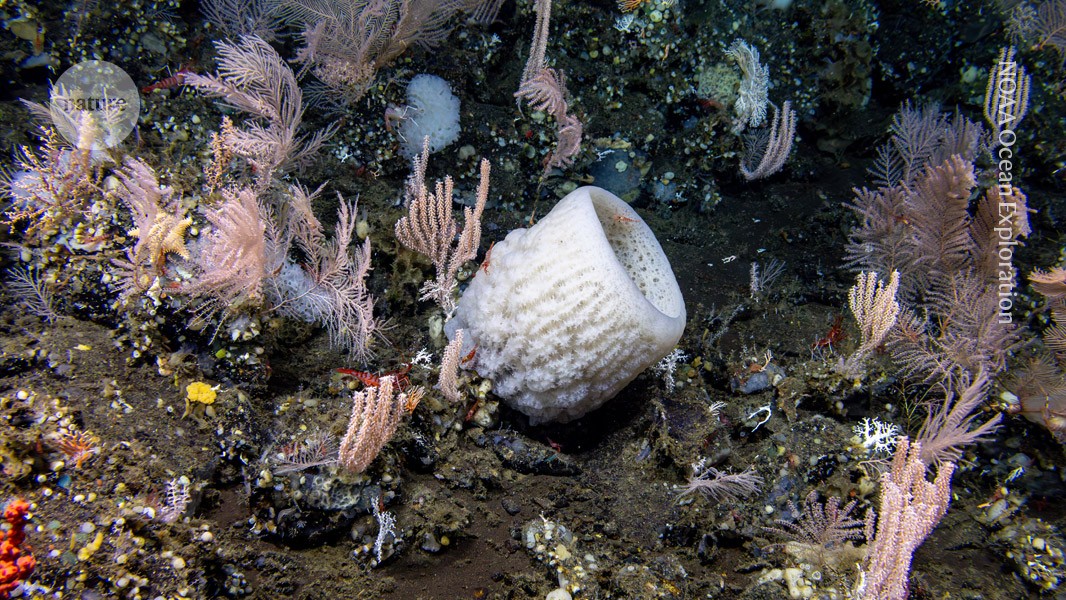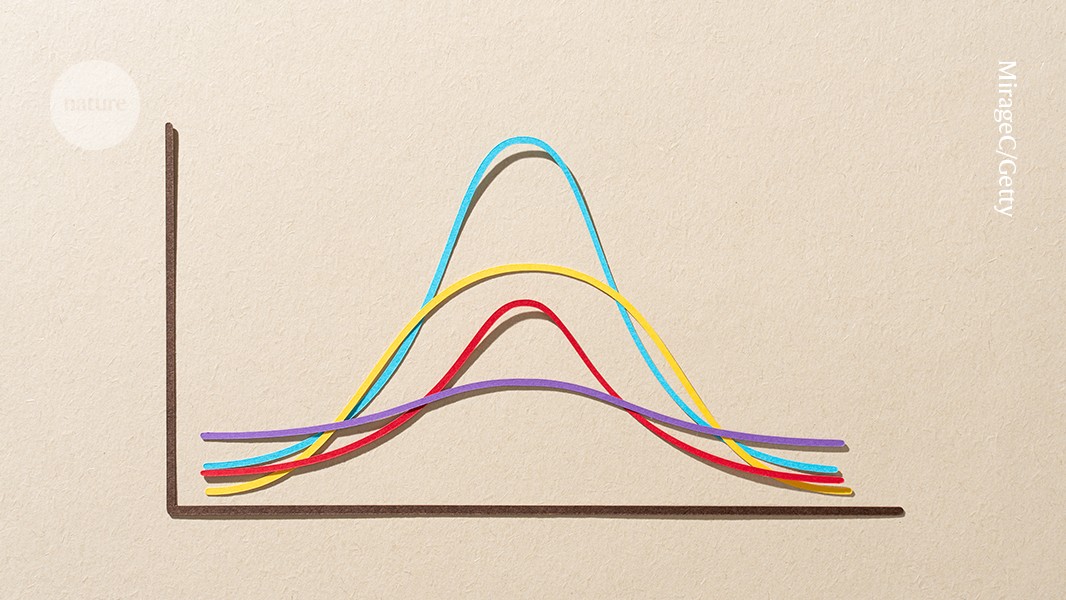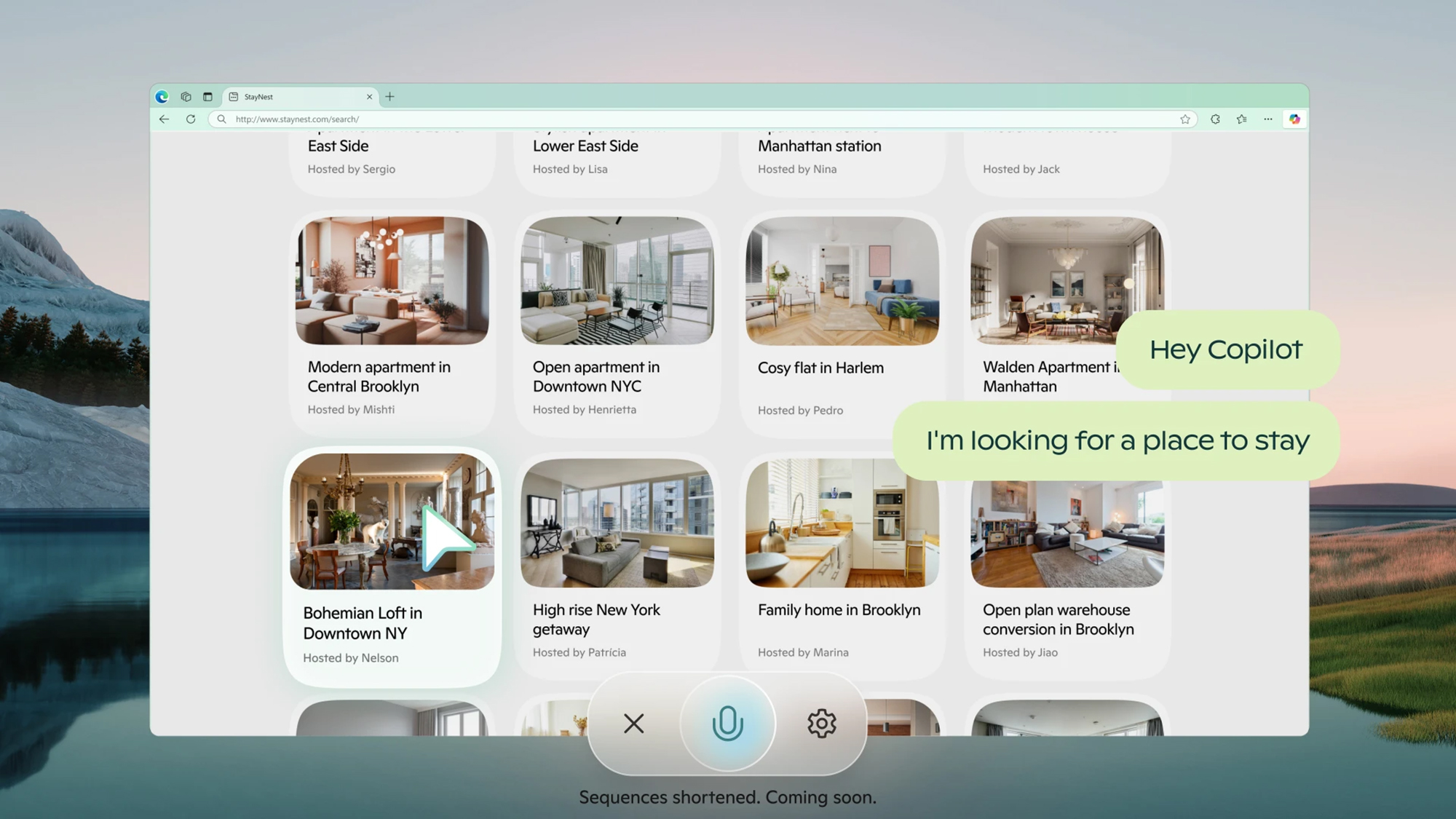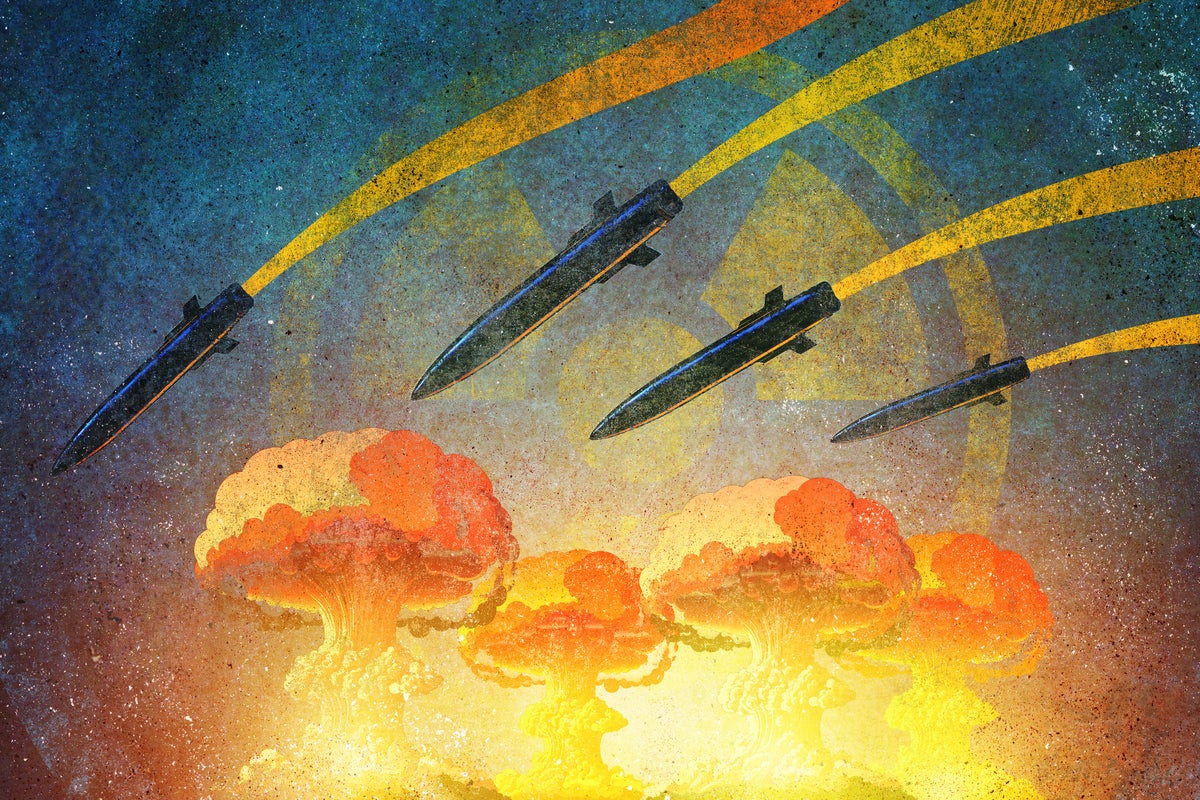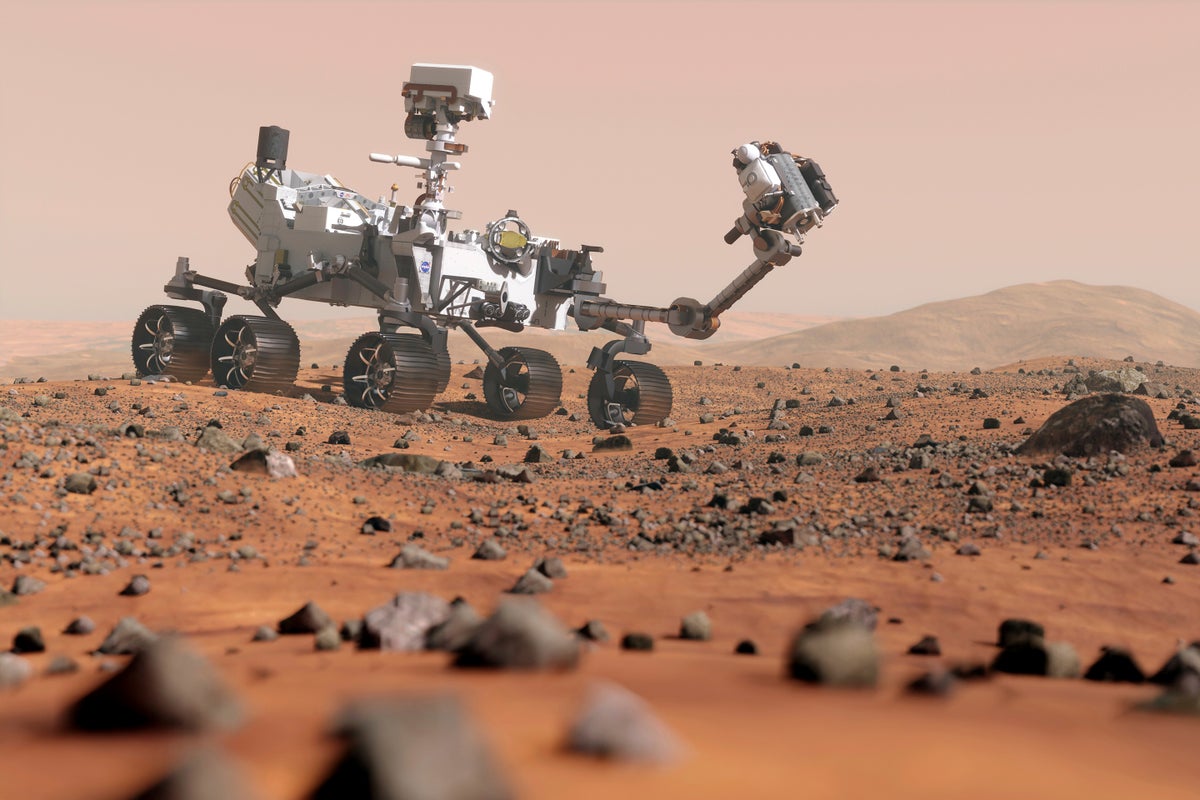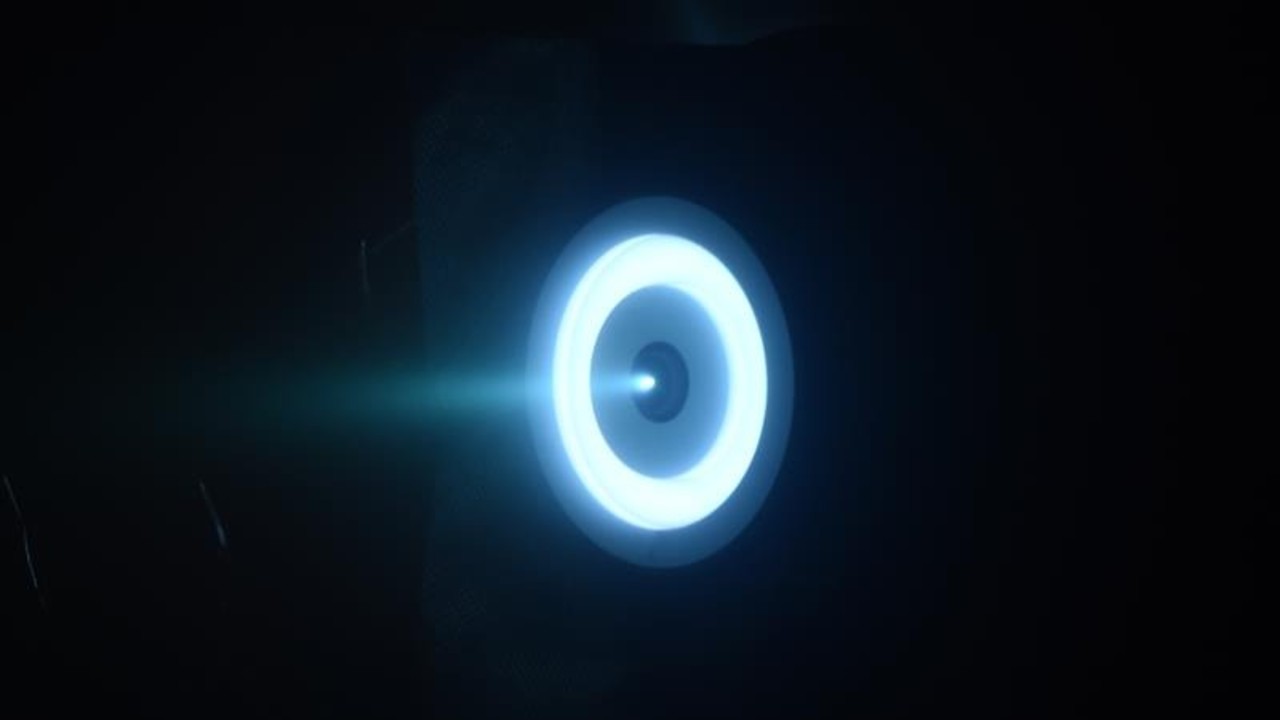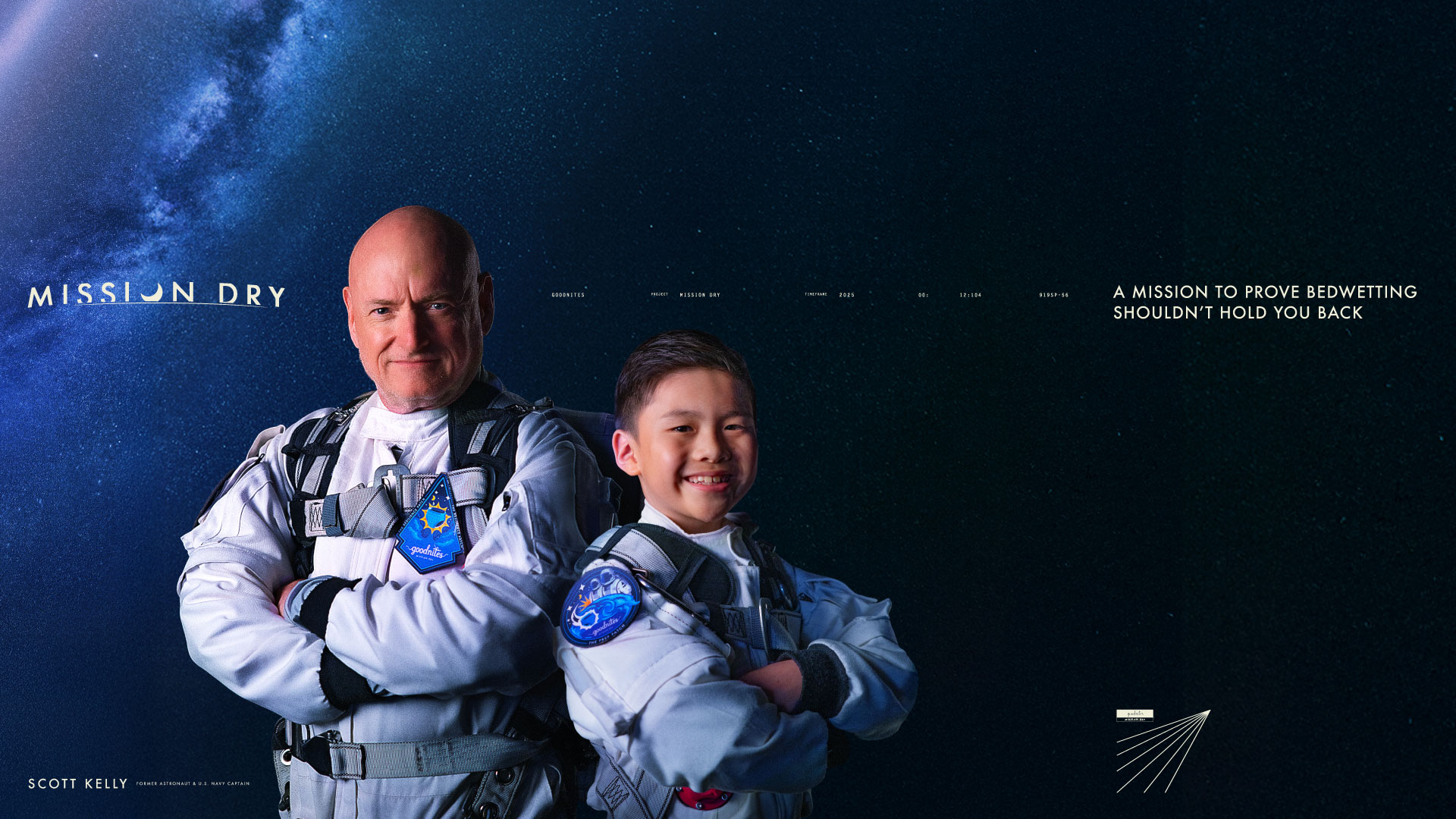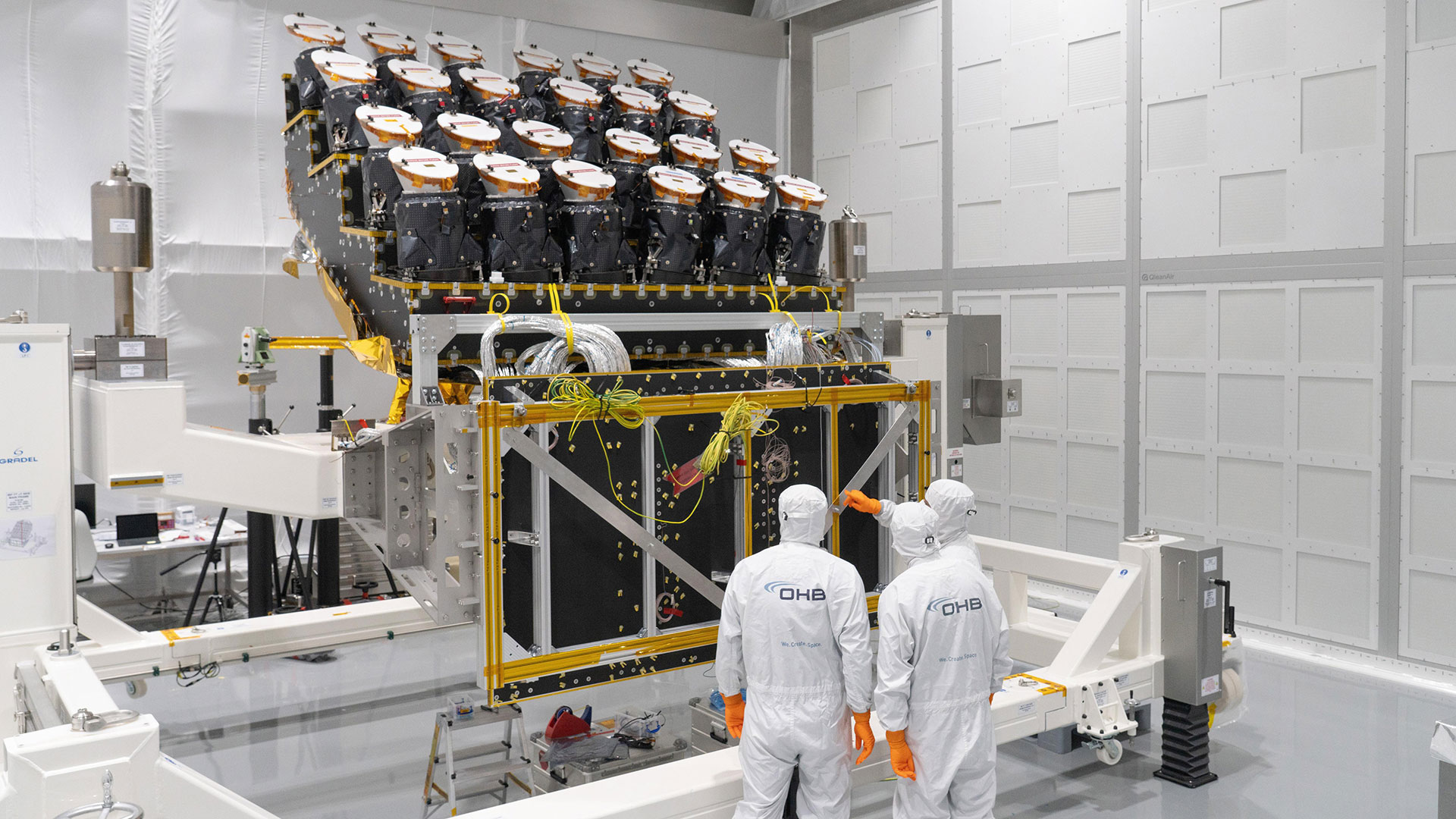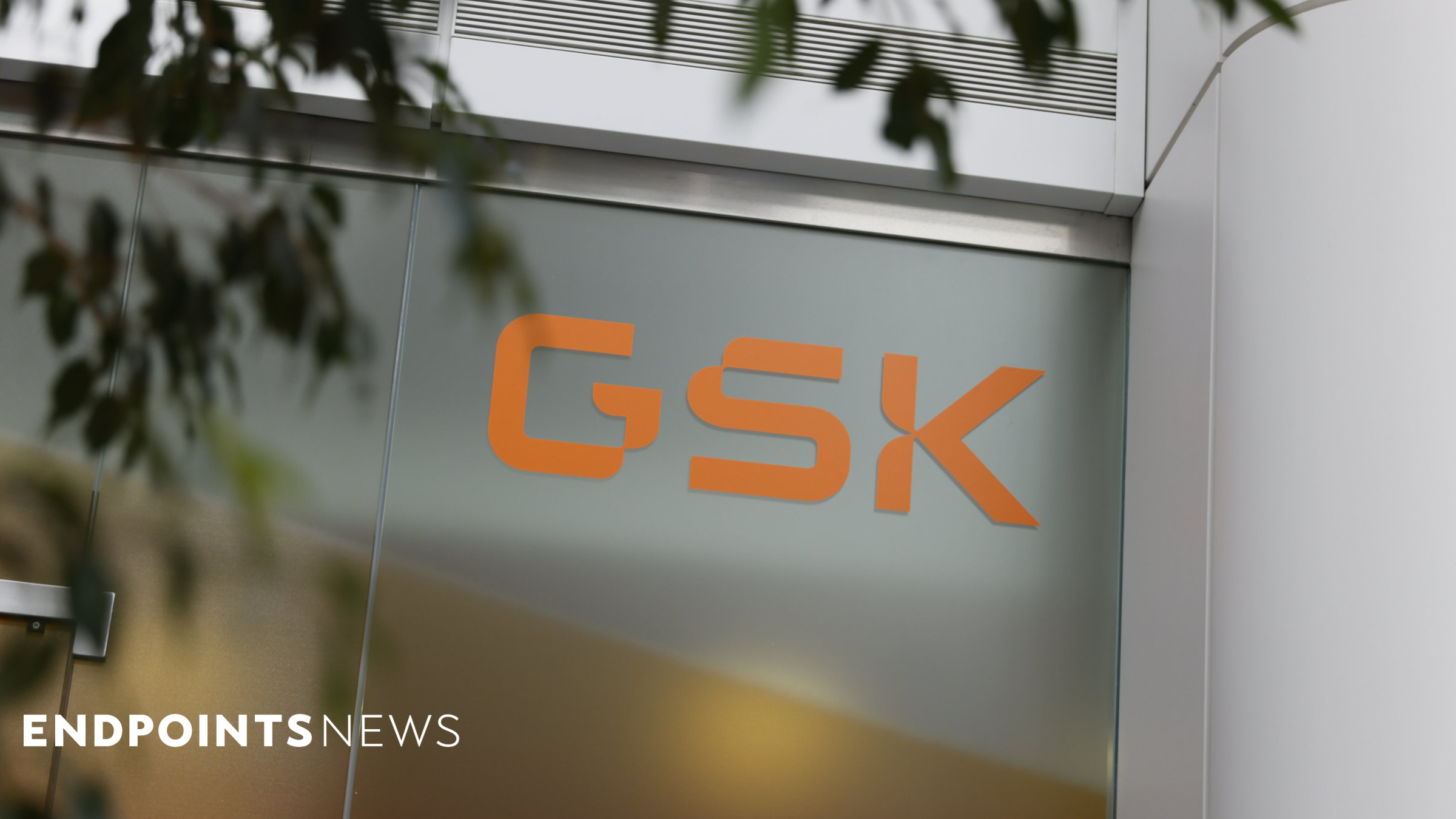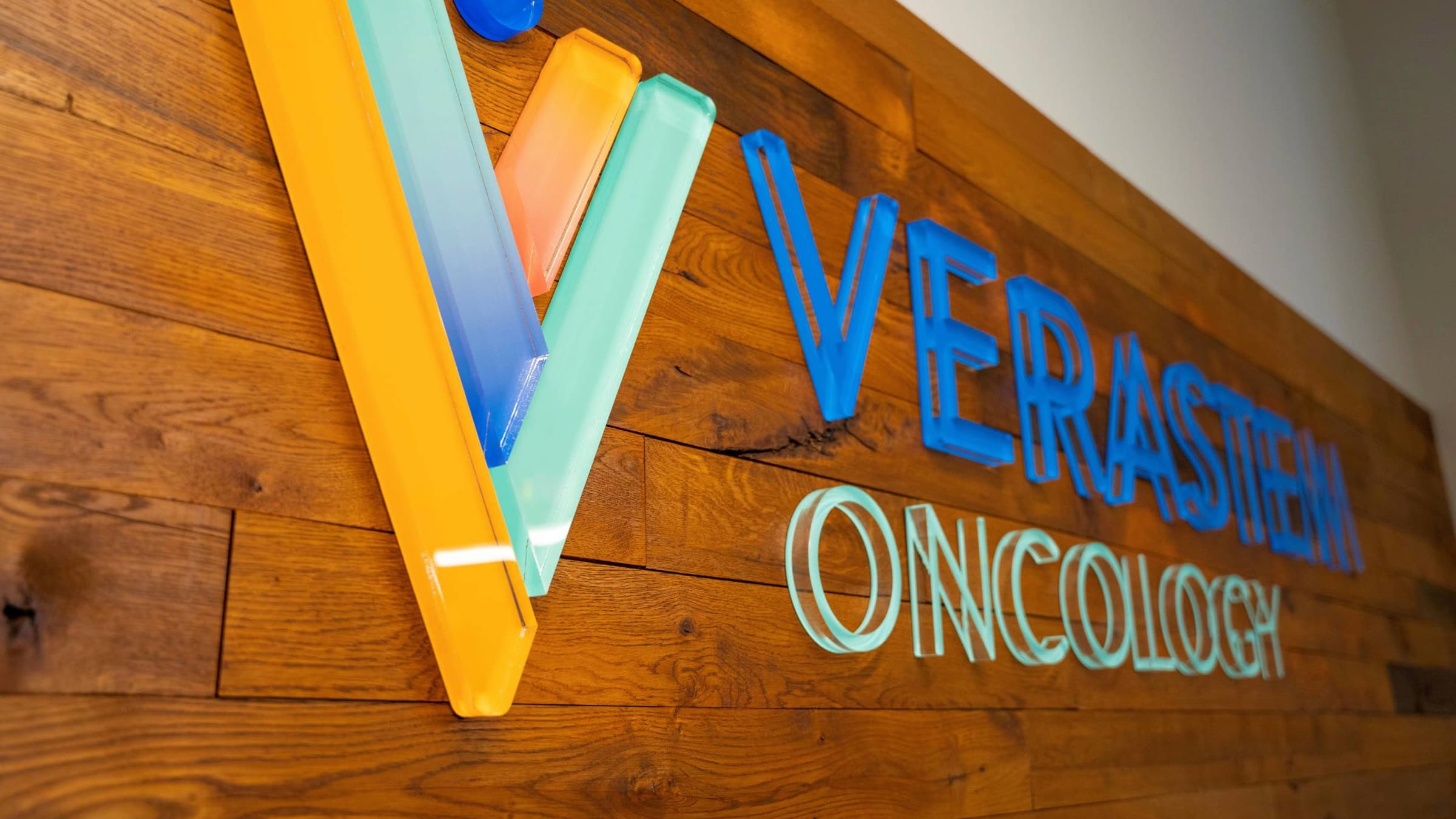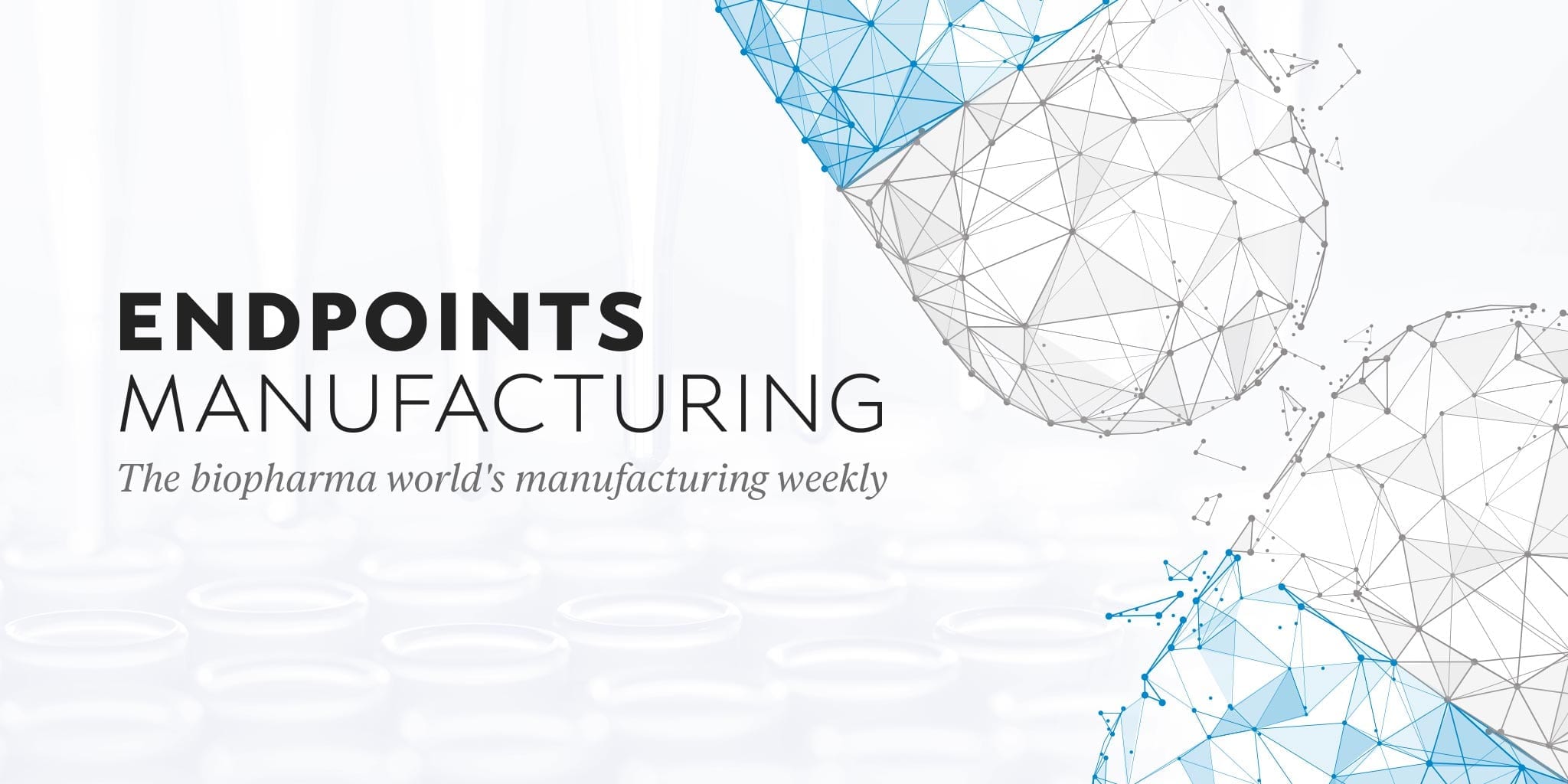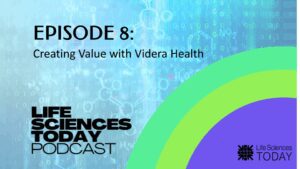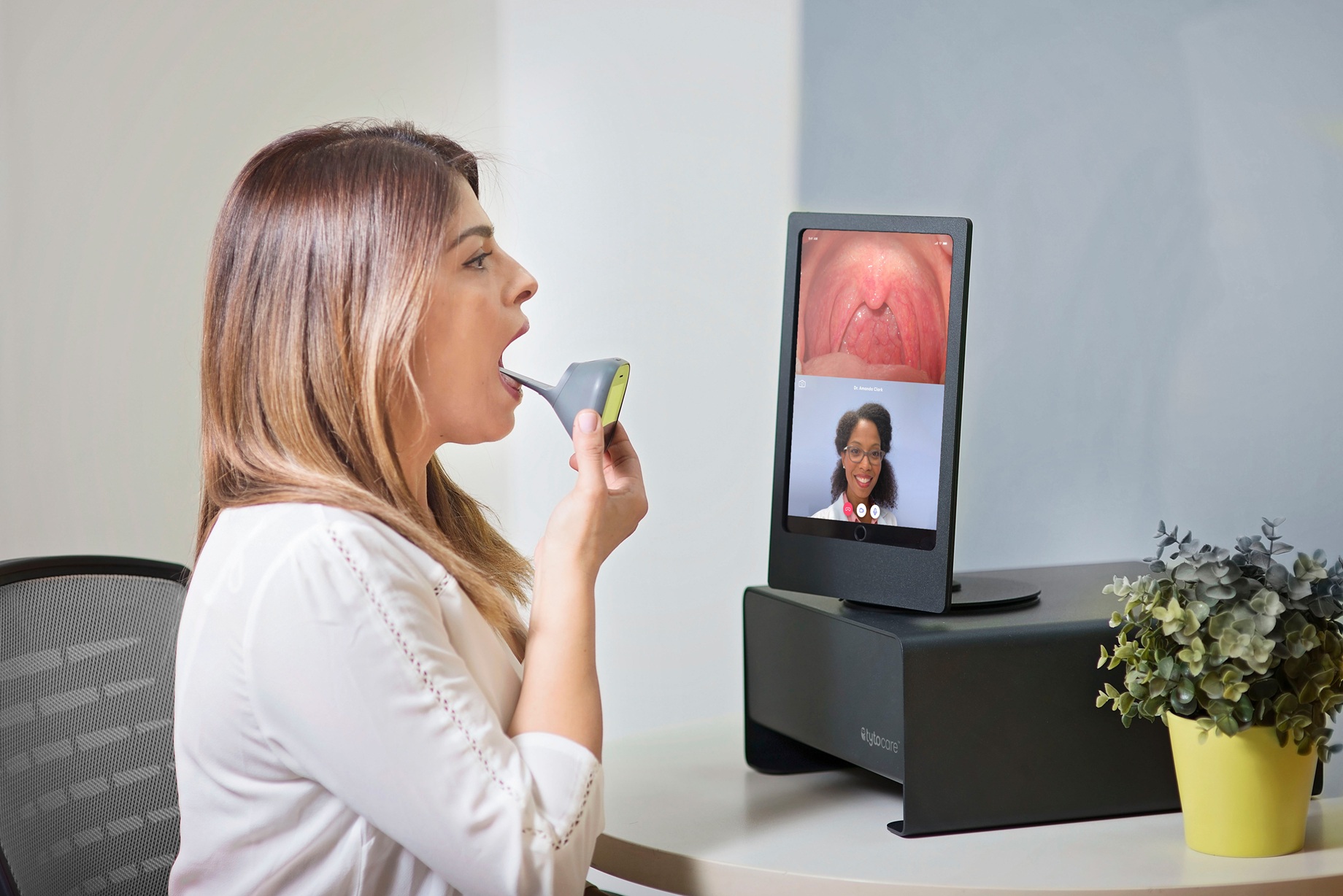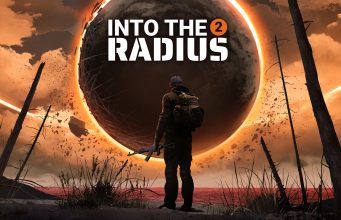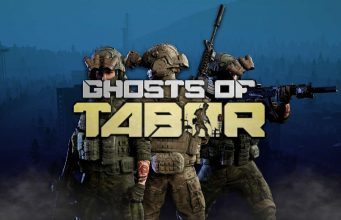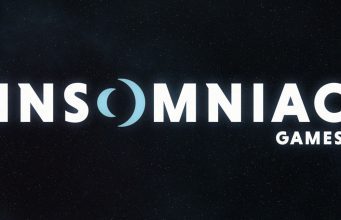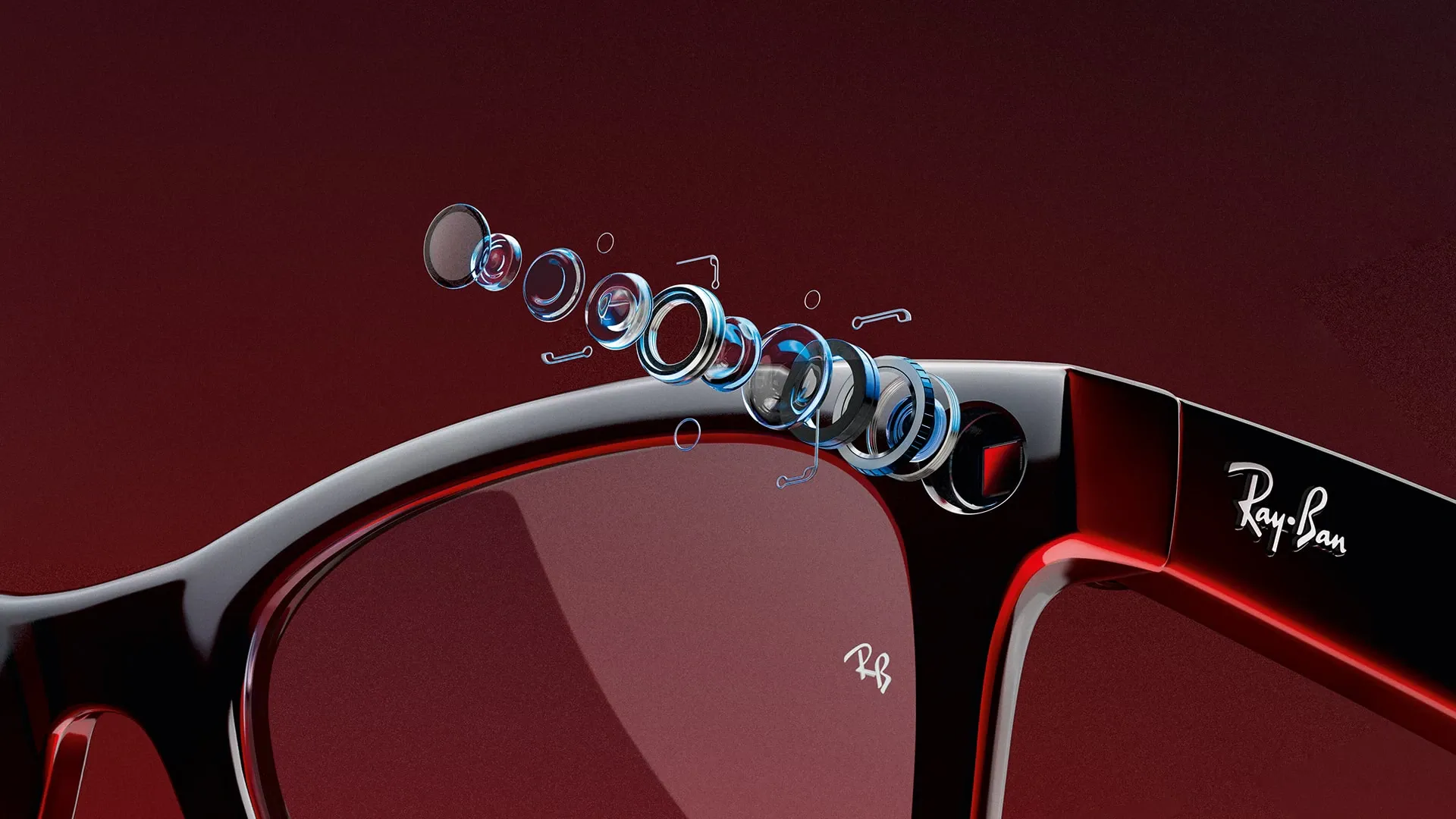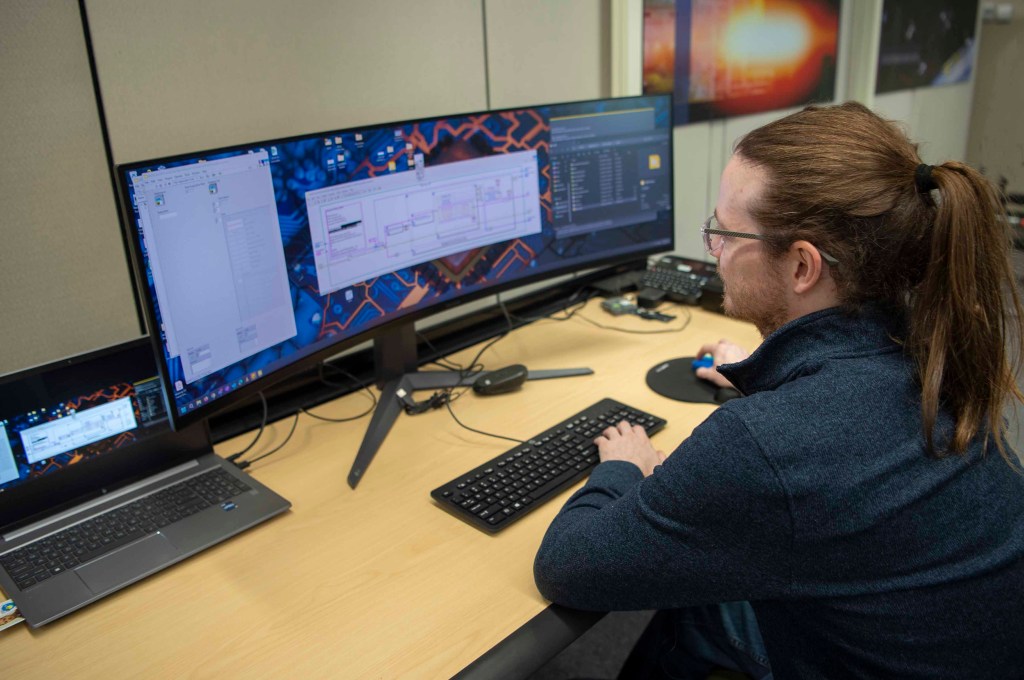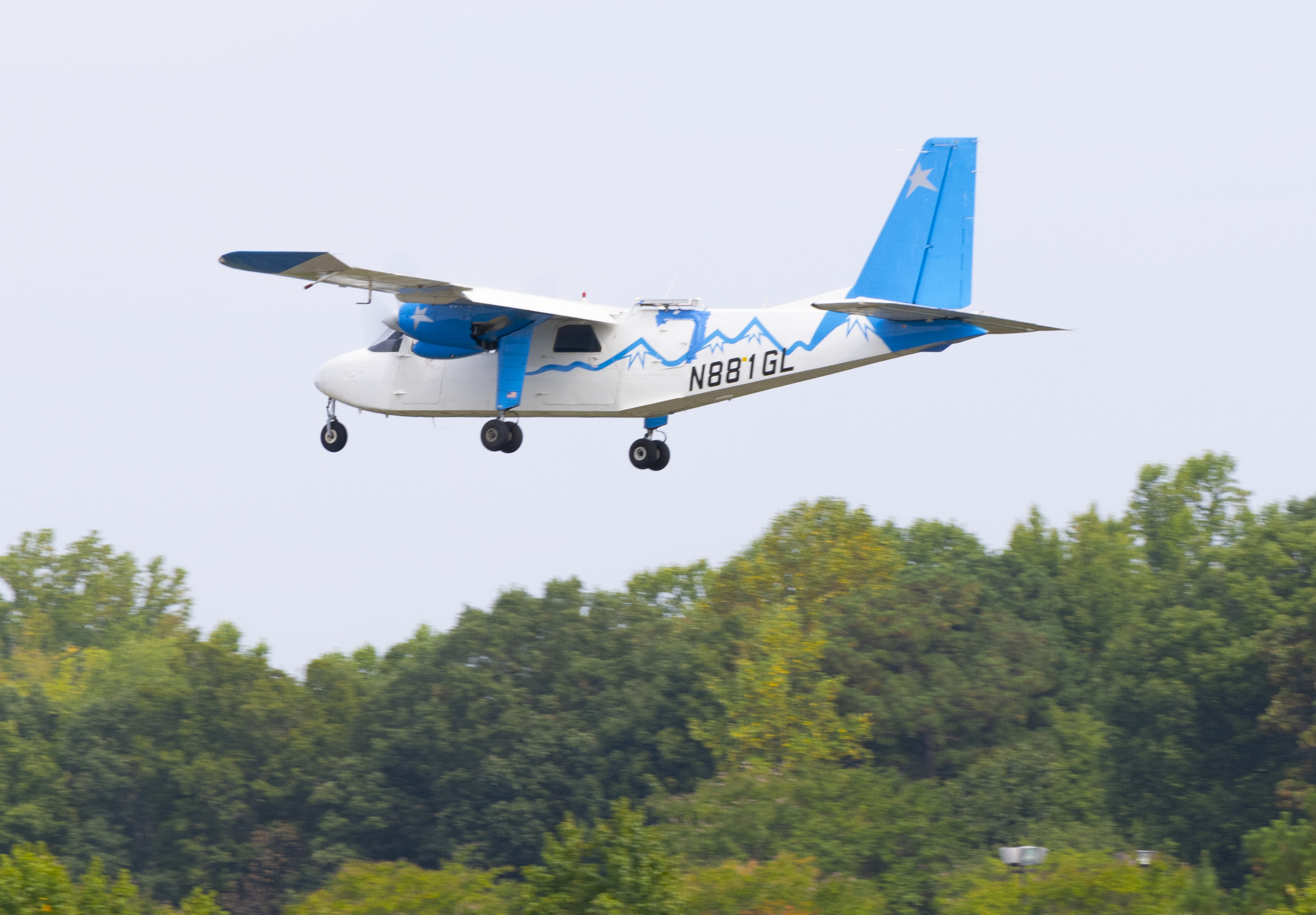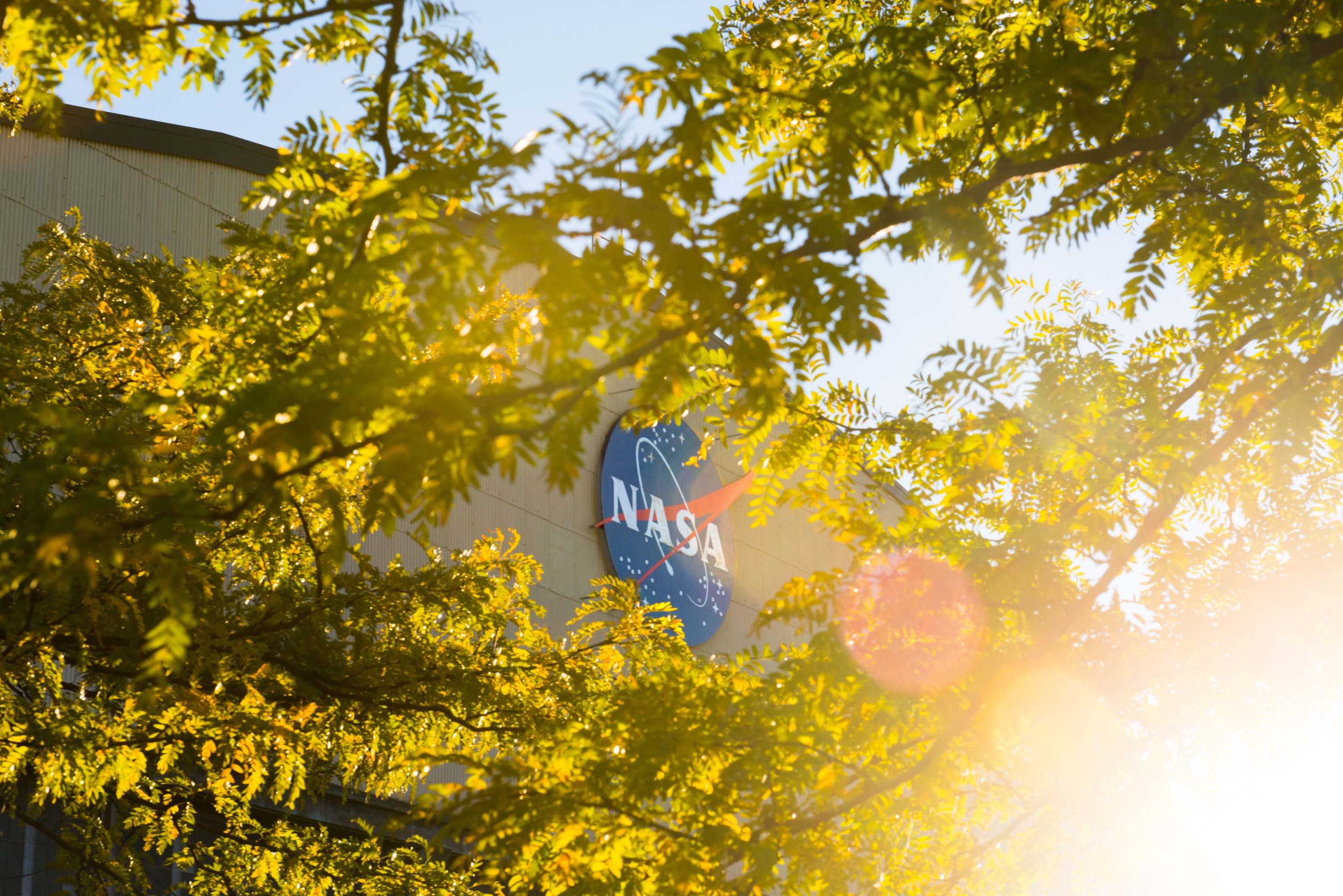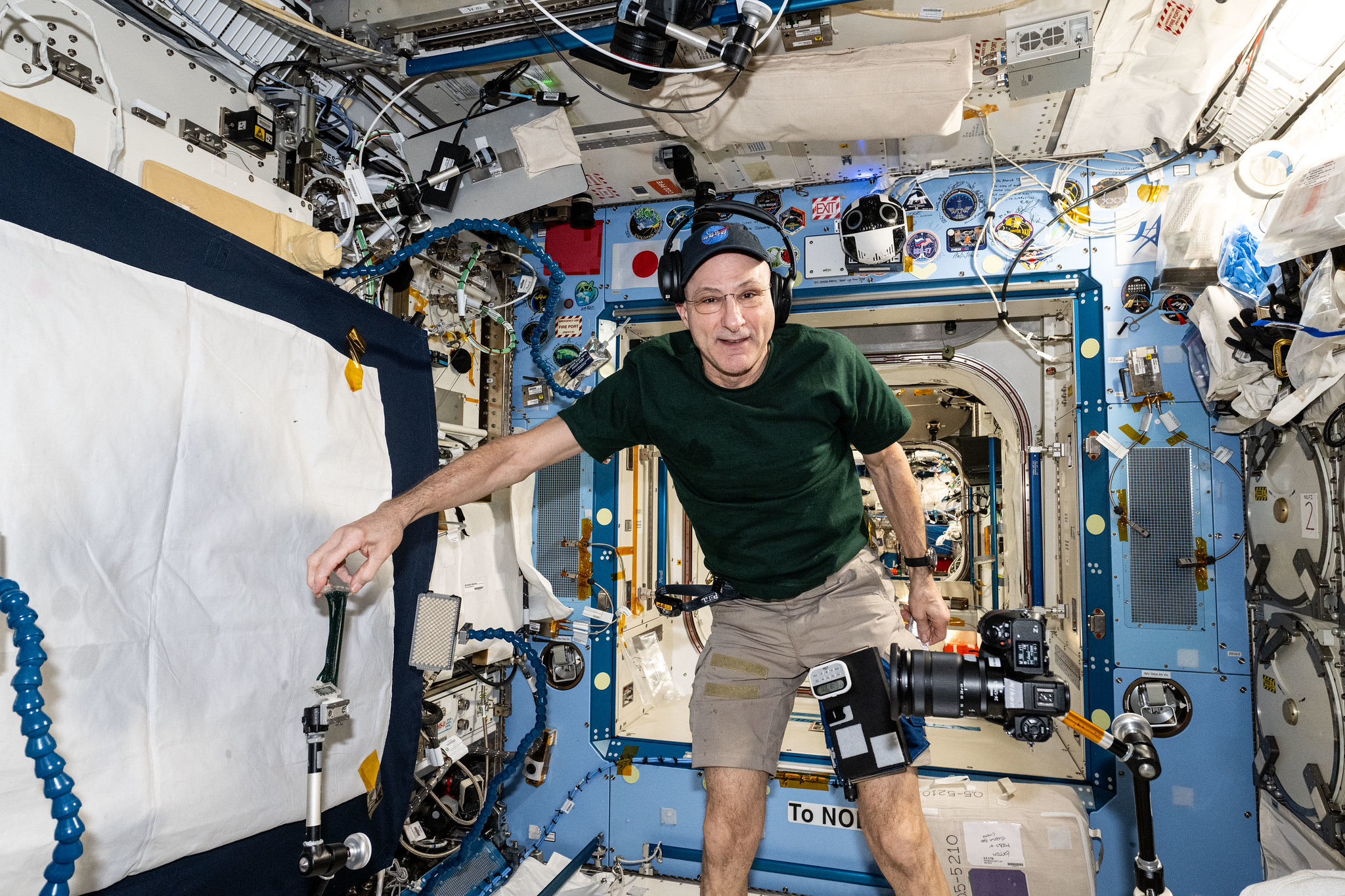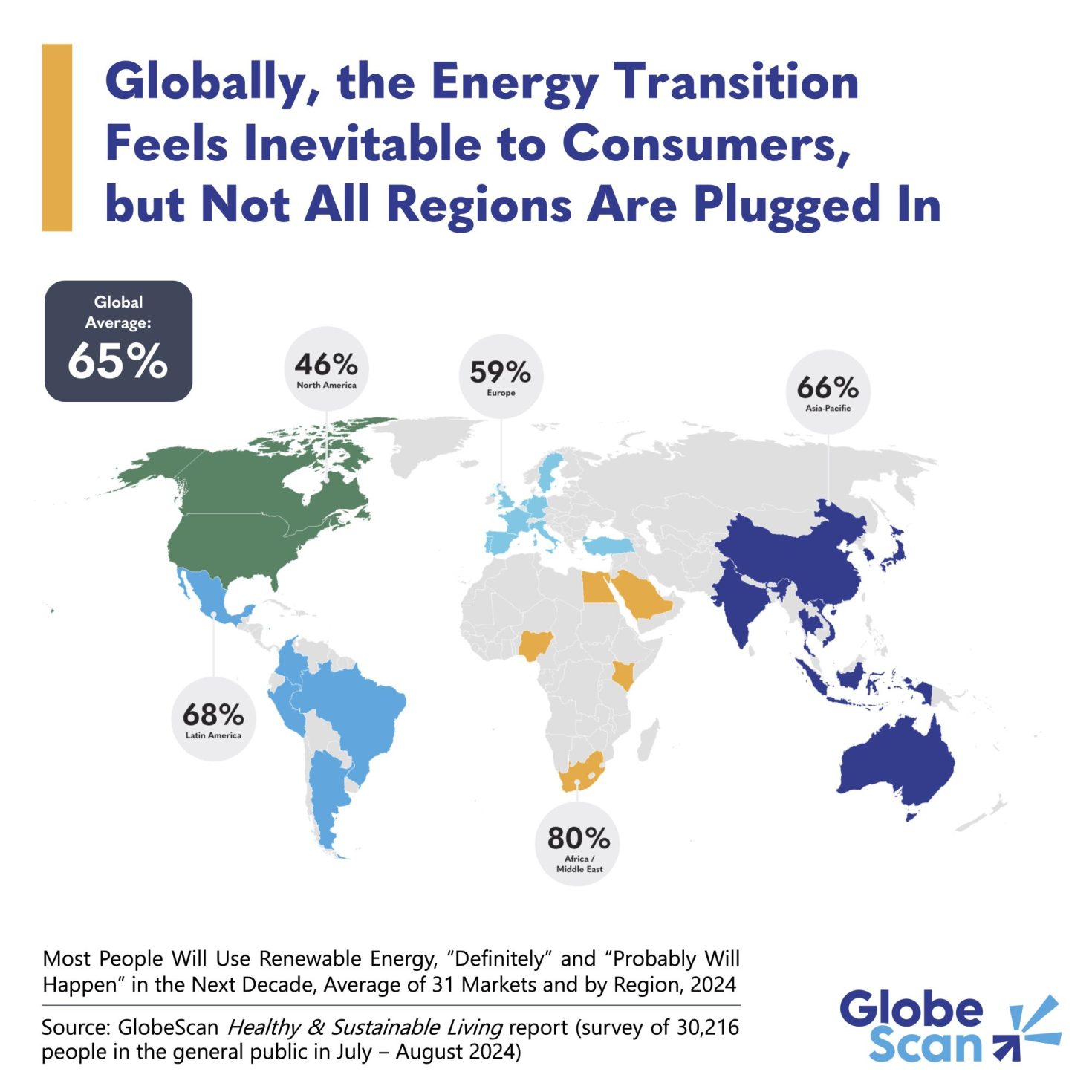NASA Stennis Releases First Open-Source Software
Editor’s Note: The following is one of three related articles about the NASA Data Acquisition System and related efforts. Please visit Stennis News – NASA to access accompanying articles. NASA’s Stennis Space Center near Bay St. Louis, Mississippi, has released its first-ever open-source software, a peer review tool to facilitate more efficient and collaborative creation […]
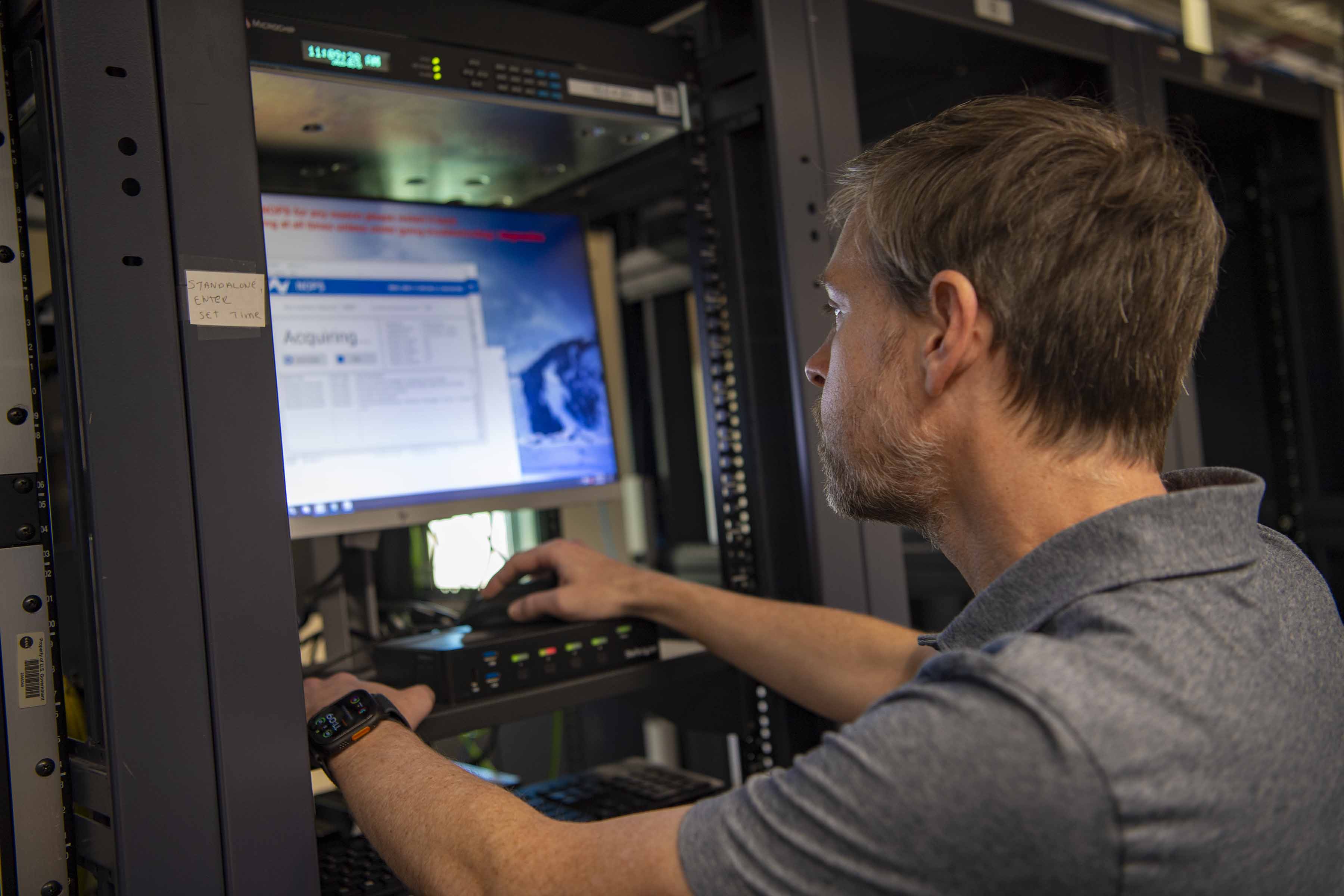
Editor’s Note: The following is one of three related articles about the NASA Data Acquisition System and related efforts. Please visit Stennis News – NASA to access accompanying articles.
NASA’s Stennis Space Center near Bay St. Louis, Mississippi, has released its first-ever open-source software, a peer review tool to facilitate more efficient and collaborative creation of systems applications, such as those used in its frontline government and commercial propulsion test work.
“Everyone knows NASA Stennis as the nation’s premier rocket propulsion test site,” said David Carver, acting chief of the Office of Test Data and Information Management. “We also are engaged in a range of key technology efforts. This latest open-source tool is an exciting example of that work, and one we anticipate will have a positive and widespread impact.”
The new NASA Data Acquisition System Peer Review Tool was developed over several years, built on lessons learned as site developers and engineers created software tools for use across the center’s sprawling test complex. It is designed to simplify and amplify the collaborative review process, allowing developers to build better and more effective software applications.
The new NASA Stennis Peer Review tool was developed using the same software processes that built NDAS. As center engineers and developers created software to monitor and analyze data from rocket propulsion tests, they collaborated with peers to optimize system efficiency. What began as an internal review process ultimately evolved into the open-source code now available to the public.
“We refined it (the peer review tool) over a period of time, and it has improved our process significantly,” said Brandon Carver (no relation), a NASA Stennis software engineer. “In early efforts, we were doing reviews manually, now our tool handles some of these steps for us. It has allowed us to focus more on reviewing key items in our software.”
Developers can improve time, efficiency, and address issues earlier when conducting software code reviews. The result is a better, more productive product.
The NASA Stennis tool is part of the larger NASA Data Acquisition System created at the center to help monitor and collect propulsion test data. It is designed to work with National Instruments LabVIEW, which is widely used by systems engineers and scientists to design applications. LabVIEW is unique in using graphics (visible icon objects) instead of a text-based programming language to create applications. The graphical approach makes it more challenging to compare codes in a review process.
“You cannot compare your code in the same way you do with a text-based language,” Brandon Carver said. “Our tool offers a process that allows developers to review these LabVIEW-developed programs and to focus more time on reviewing actual code updates.”
LabVIEW features a comparison tool, but NASA Stennis engineers identified ways they could improve the process, including by automating certain steps. The NASA Stennis tool makes it easier to post comments, pictures, and other elements in an online peer review to make discussions more effective.
The result is what NASA Stennis developers hope is a more streamlined, efficient process. “It really optimizes your time and provides everything you need to focus on right in front of you,” Brandon Carver said. “That’s why we wanted to open source this because when we were building the tool, we did not see anything like it, or we did not see anything that had features that we have.”
“By providing it to the open-source community, they can take our tool, find better ways of handling things, and refine it,” Brandon Carver said. “We want to allow those groups to modify it and become a community around the tool, so it is continuously improved. Ultimately, a peer review is to make stronger software or a stronger product and that is also true for this peer review tool.
“It is a good feeling to be part of the process and to see something created at the center now out in the larger world across the agency,” Brandon Carver said. “It is pretty exciting to be able to say that you can go get this software we have written and used,” he acknowledged. “NASA engineers have done this. I hope we continue to do it.”
To access the peer review tool developed at NASA Stennis, visit NASA GitHub.
















